Strategic Card Placement
Since the introduction of Link Monsters and Extra Monster Zones, card placement plays a slightly more prominent role in duels as more cards are designed with effects based on Link Arrows and columns. This article will cover some possible card placement scenarios that could show up in competitive games.
Edit on 7 February 2022: Corrected the Link Arrows section regarding placement for Sky Striker. Credit to Impendio for pointing out the oversight.
Relinquished Anima
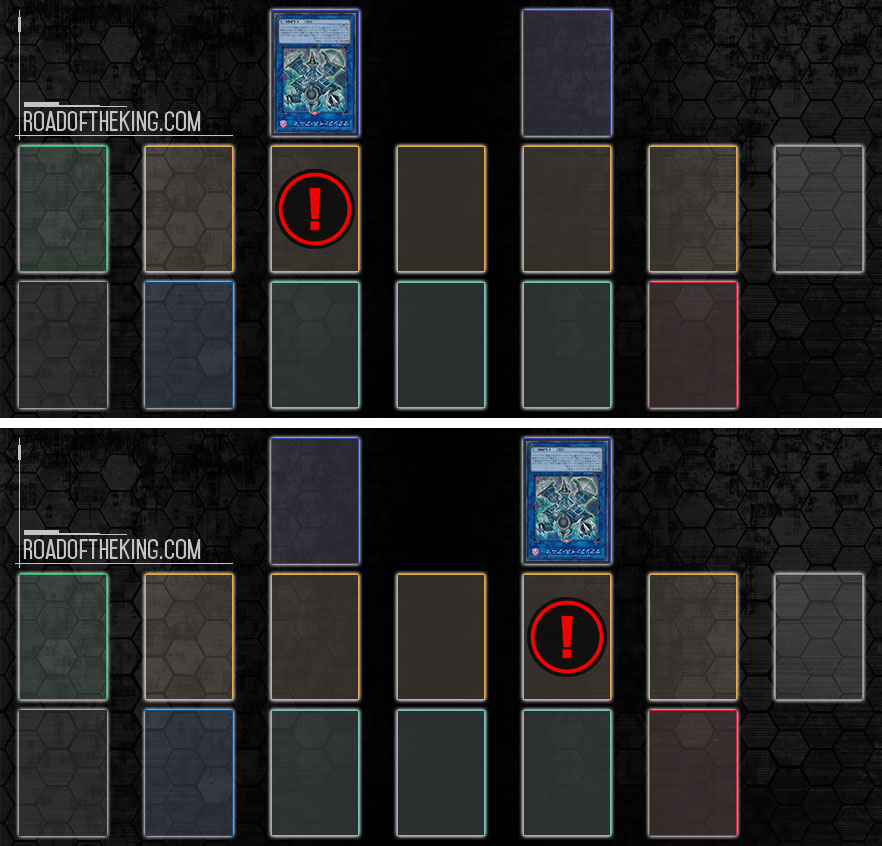
When the opponent’s Relinquished Anima is summoned in the left Extra Monster Zone it would be able to target the monster in your 2nd Main Monster Zone, and when summoned in the right Extra Monster Zone it would be able to target the monster in your 4th Main Monster Zone.
Hence most players would avoid summoning their threats in the 2nd and 4th Main Monster Zone to play around Relinquished Anima. Despia, Altergeist and Thunder Dragon are decks that run Relinquished Anima in their Extra Deck.
Orcust
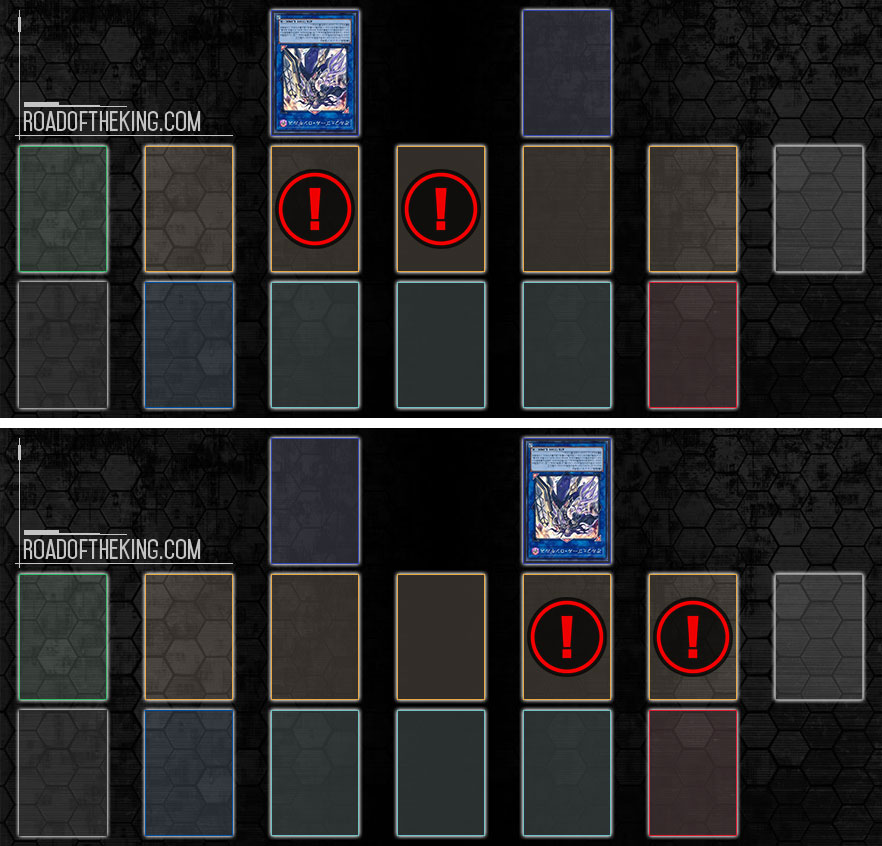
Longirsu, the Orcust Orchestrator can send 1 linked monster the opponent controls to the GY. When summoned in the left Extra Monster Zone it would be able to make your monster in your 2nd and 3rd Main Monster Zone linked with its top and top-left Link Arrows. When summoned in the right Extra Monster Zone it would be able to make your monster in your 4th and 5th Main Monster Zone linked with its top and top-left Link Arrows.
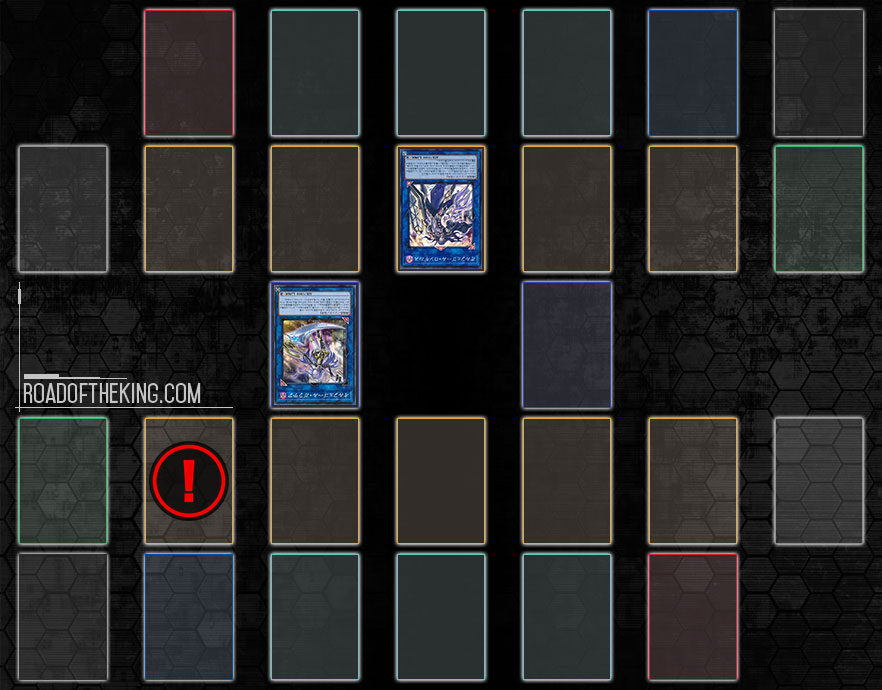
It is also possible for the opponent to reach the 1st Main Monster Zone by summoning Galatea, the Orcust Automaton in the left Extra Monster Zone. However Galatea, the Orcust Automaton is currently limited to 1 in the OCG so this scenario is quite unlikely.
Geonator Transverser is another Link Monster that could reach the 1st Main Monster Zone, but this card is rarely played outside of Number 33: Chronomaly Machu Mech FTK.
Taking Relinquished Anima and Longirsu, the Orcust Orchestrator into consideration, the 1st Main Monster Zone is still relatively the safest Main Monster Zone to play your threats in.
Mekk-Knight
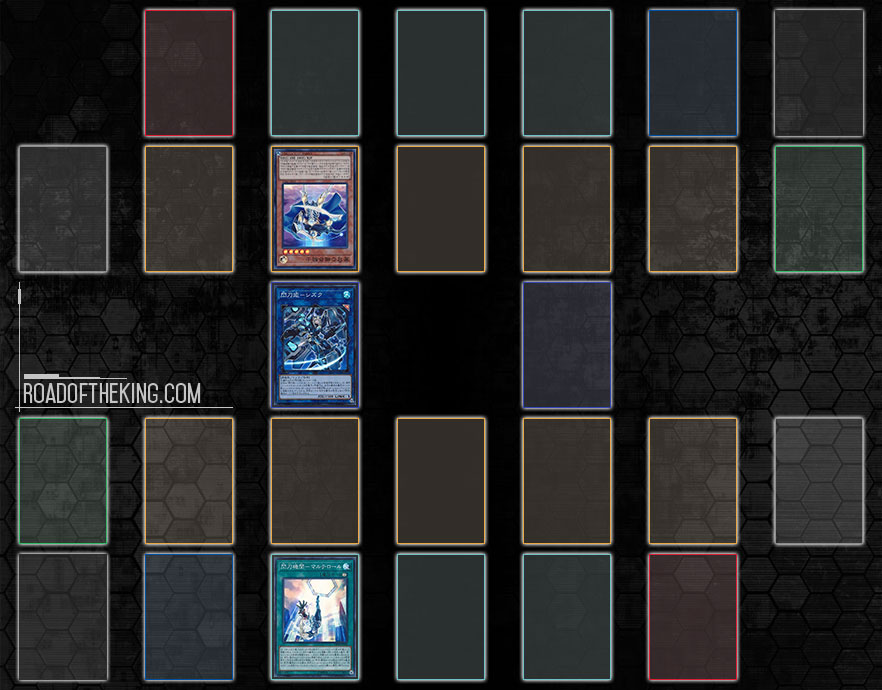
Mekk-Knight Effect Monsters can be Special Summoned from hand when 2 or more cards are in the same column. To play around Mekk-Knight, it is best to play or set your Monsters and Spell/Trap cards in different columns.
Infinite Impermanence
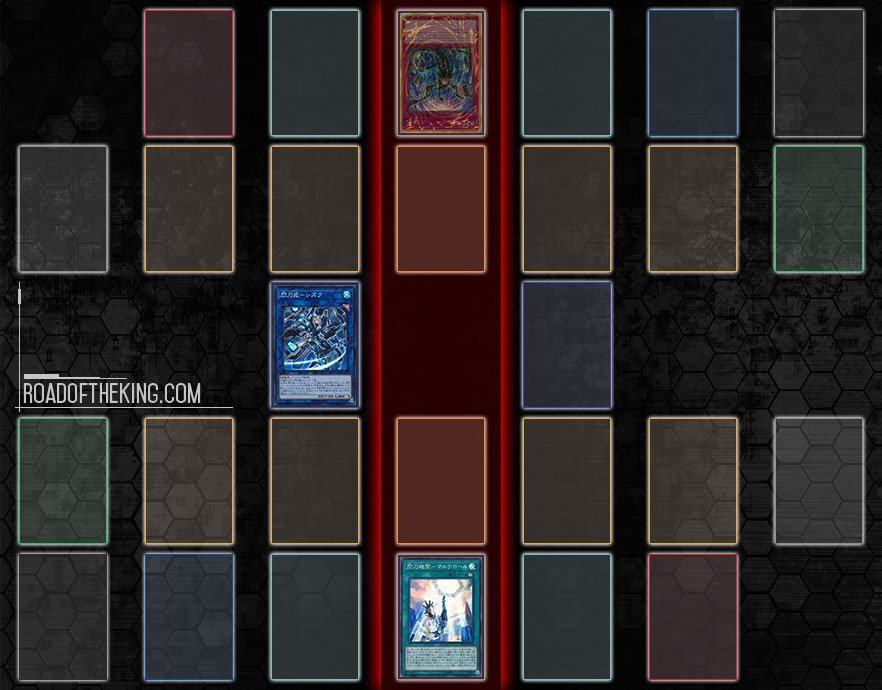
If Infinite Impermanence was Set before activation and is on the field at resolution, then it comes with an additional effect that also negates all other Spell/Trap effects in the same column as Infinite Impermanence. To play around the opponent’s Infinite Impermanence, it is best to avoid playing Spell/Trap cards in a column where the opponent already has a set card in that Spell & Trap Zone.
Conversely, if you have Infinite Impermanence, then you could set it in the same column where the opponent has a set card in that Spell & Trap Zone to potentially negate it later. If your opponent is playing a Pendulum deck, then Infinite Impermanence could be set in the 1st or 5th Spell & Trap Zones so that it could be used to negate their Pendulum Effects.
Link Arrows
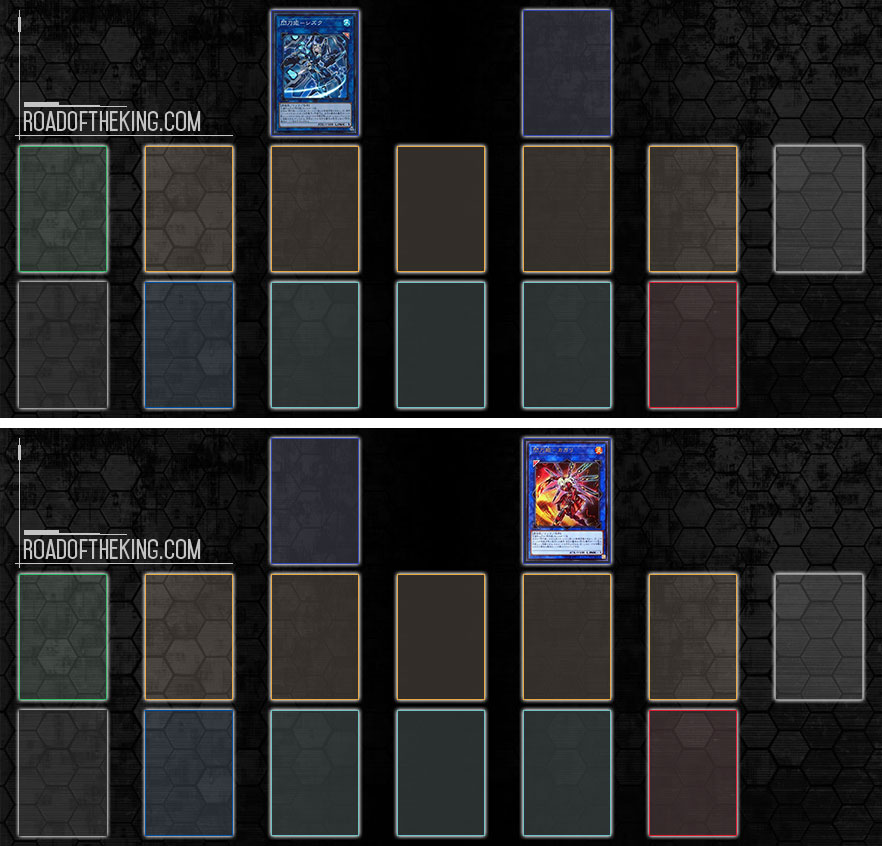
If your Link Monsters come with Link Arrows that point to the top-left or top-right, then ideally you would want to play them in the left or right Extra Monster Zone such that they point to the 3rd Main Monster Zone. Optimally, Sky Striker Ace – Shizuku would be summoned in the left Extra Monster Zone such that its top-left Link Arrow points to the 3rd Main Monster Zone, while Sky Striker Ace – Kagari would be summoned in the right Extra Monster Zone such that its top-right Link Arrow points to the 3rd Main Monster Zone.
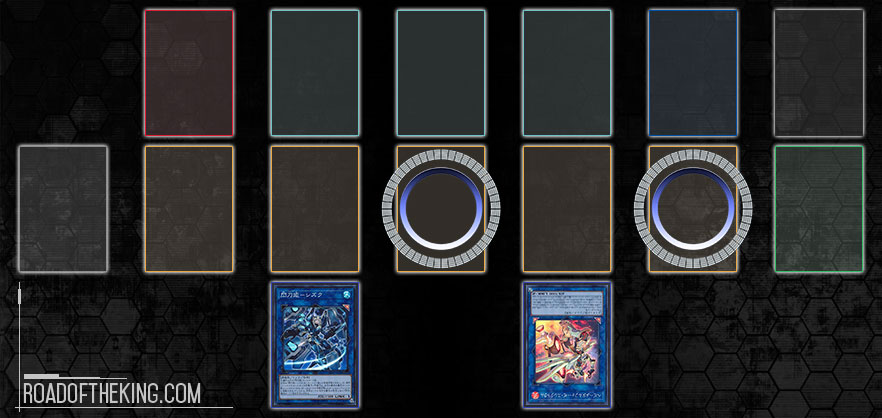
This is to avoid opening up additional Main Monster Zones for the opponent. Many Link-2 monsters come with a pair of down-left and down-right Link Arrows, and that would overlap on the 3rd Main Monster Zone.
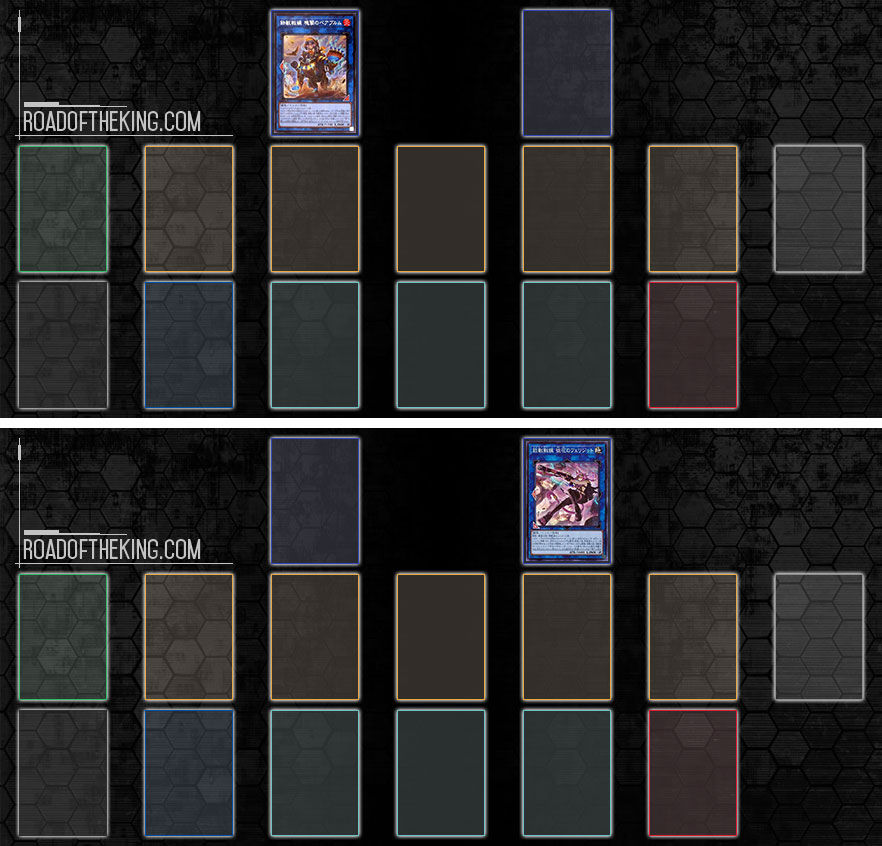
If your Link Monsters come with Link Arrows that points to the bottom-left or bottom-right, then ideally you would want to play them in the left or right Extra Monster Zone such that they point to the 3rd Main Monster Zone. Optimally, Tri-Brigade Bearbrumm the Rampant Rampager would be summoned in the left Extra Monster Zone such that its bottom-right Link Arrow points to the 3rd Main Monster Zone, while Tri-Brigade Ferrijit the Barren Blossom would be summoned in the right Extra Monster Zone such that its bottom-left Link Arrow points to the 3rd Main Monster Zone.
By opening up the middle Main Monster Zone, no matter your next Link Monster points to the left or right, you would still be able to expand in either direction.
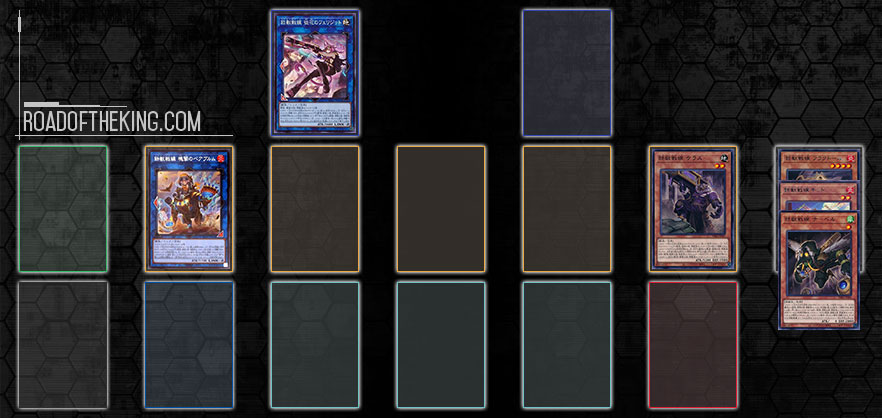
This is an example of a common mistake for Tri-Brigade. If Tri-Brigade Ferrijit the Barren Blossom was summoned to the left Extra Monster Zone, and then Tri-Brigade Bearbrumm the Rampant Rampager summoned to the 1st Main Monster Zone, that would result in Bearbrumm’s Link Arrow pointing to a dead end. This caused Tri-Brigade Kerass to be unable to activate its ② effect as there is no empty Main Monster Zone with Link Arrow pointing to it available for a Link Monster to be Special Summoned from the Extra Deck.
Conclusion
These are some typical considerations to make when placing your cards on the field, and they should be added on as a second layer of planning over your main line of play. Certain plays and combos have inflexible placement, such as Pendulum cards can only be activated in the Pendulum Zones (1st or 5th Spell & Trap Zones), and Link Monsters can only be summoned in certain Main Monster Zones due to the Link Arrows. Thus it is not always possible to play around with card placement.
But whenever possible, it is best to try and optimize your card placement to minimize the odds of losing to a random Relinquished Anima or Infinite Impermanence play that could have been avoided. Top players are always consciously making these strategic card placements that keeps them in a strong position while reducing their opponent’s options.
If you enjoyed these strategy articles, consider supporting Road of the King on Patreon. Cheers!

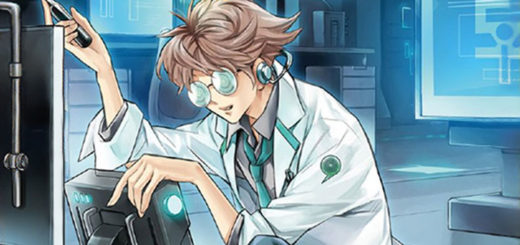
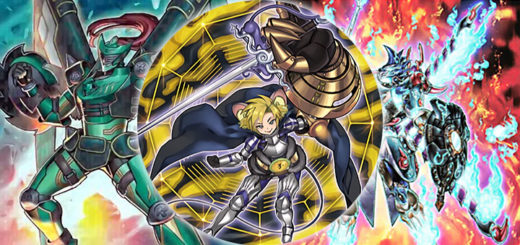
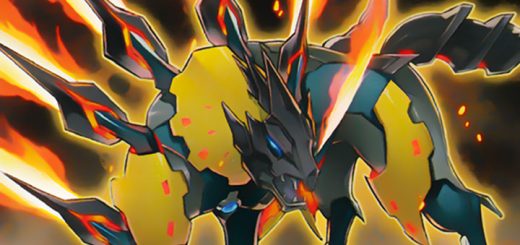
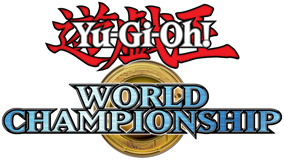


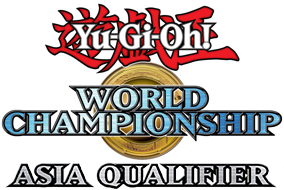
Fantastic Article!
On the subject of Kagari and Shizuku, I don’t agree to blindly place them like recommended here (pointing 1 or 5), because then you are opening a third arrow for backward V arrow link 2s (pointing 1 and 3 or 3 and 5). Placing shizuku pointing 3 is my blind go to without knowing the matchup, but I will test pointing 1 or 5 vs Tri because it does make sense.
I stand corrected. Taking a thorough look at the commonly played Link Monsters in the current metagame, mainly just “Tri-Brigade Ferrijit the Barren Blossom”, “Tri-Brigade Bearbrumm the Rampant Rampager”, “Knightmare Cerberus” and “Knightmare Phoenix” would be impaired by the corner placement. This is definitely not worth playing around compared to the more common down-left + down-right Link Arrows. Thank you for pointing out the mistake, very much appreciated. The article has been corrected.
I think it depends on the matchup. I think it’s only worth considering Shizuku tbh because that’s what you’re going to be ending on most of the time. So you’ll either have it in the Left EMZ (pointing at 3) or Right EMZ (pointing at 5). Let’s review:
*Pointing 3 or 5 doesn’t impair Knightmare Phoenix too much. A backward V arrow link-2 (BVL2 for short) would enable a Knightmare Phoenix summoned at either 3 or 5, but they would preferentially summon at 5, so it seems like overlapping 5 is slightly better. A downward pointing Link-1 like Link Spider or Monk of the Tenyi wouldn’t be bothered by either zone positioning because they would be pointing at 2 if Shizuku was pointing at 5 and at 4 if Shizuku was pointing at 3.
*Pointing at 3 also means that if they were then to immediately link their Phoenix into Unicorn, Unicorn would have 2 vacant arrows, whereas a Unicorn at 5 would only have 1. Same applies for Accesscode Talker.
*Pointing 3 does overlap with Halqifibrax, Salamangreat Almiraj (in the Left EMZ), and Verte Anaconda; the former two of which are both seen in Brave Tenyi (OCG), and the latter two of which are seen in Invoked Dogmatika (TCG). However, pointing 5 does impair Striker Dragon and Auroradon (seen in Brave Tenyi).
*Already discussed, but against Tri-Brigade, pointing 5 impairs Bearbrumm.
I think the rule of thumb is to assess the deck composition of what tournament you’re playing in to decide which zone is best to summon Shizuku to. I would hazard a guess and say that a large portion of OCG tournaments are going to be Branded Despia and Brave Tenyi, in which case pointing 3 is better going blind, but you should definitely alter zone placement in Games 2 and 3 if your opponent’s deck is different. But it is important to consider that most BVL2s are going to be summoned in the EMZ and other L-2s/L-3s with different arrows are preferentially summoned in the MMZ. Players will need to determine if their opponent’s Extra Deck Monster would benefit more by the Shizuku pointing 3 or 5. For example, pointing 5 might be better if you expect a Link-climbing deck because then you take away more arrows from Knightmare Phoenix, Unicorn, and Accesscode even if they are playing a mass of BVL2s (like Dragon Link – Hieratic Seals, Romulus, I:P Masquerena). I will say from an article standpoint, it seems odd to assert that pointing 3 is the better zone to summon Shizuku to and then immediately have a section about why it’s important to have zone 3 vacant in Tri-Brigade.
That was my original train of thought as well.
To further simplify, since Fusion, Synchro and Xyz are no longer restricted to the EMZ or linked MMZ, we could largely count out decks such as Branded Despia, Adventurer Tenyi, etc. While these decks do use Link Monsters, the Link Arrows do not matter to them.
Against Pendulum decks, reducing the amount of linked MMZ is quite significant, since it reduces the amount of monsters they could Pendulum Summon from the Extra Deck.
Against Link decks, it would be good to limit their Link Arrows, but the impact is not as significant. If you gave them a bad corner, they could simply just ignore it and open up MMZ with their own Link Arrows.
It might seem as a contradiction, but the two are of different circumstances. In the Sky Striker example, the assumption is that you going in blind without knowing what the opponent is playing. In this case it might be better to play around Pendulum decks (debatable). But once you know what your opponent is playing, then it is definitely better to position based on that deck information.
Whereas in the Tri-Brigade example, you have the knowledge of your own Link Monsters and it is more about positioning to your own advantage. But I do agree that this is a weak generalization, different Link decks have different set of Link Arrows and would favor different positioning.
Thank you for your detailed input. The positioning of Link Monsters is much deeper than I expected and it is definitely an interesting avenue of discussion.
I use kaiju Thunder King, and side Geonator Transverser for casual